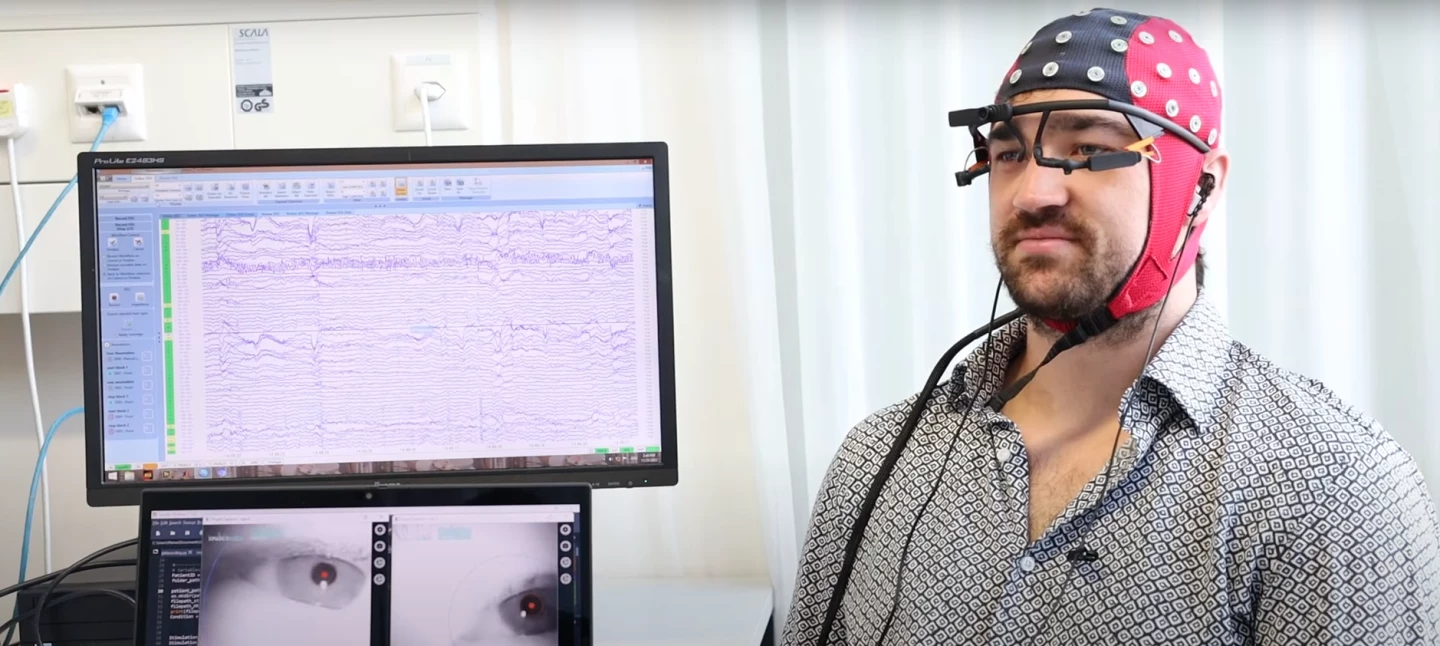Engineers at ETH Zurich have developed a wearable system that can help patients regain movement and mobility after a stroke. The system consists of a motion-sensing watch and an earpiece that zaps a nerve to help rewire neural circuits.
After a stroke, disrupted blood flow causes neurons in the brain to die off, which in turn reduces a person’s mobility. Depending on the affected brain regions, they may have trouble with actions like moving limbs, walking, speech, or grabbing and holding items.
While many treatments focus on minimizing or reversing the damage done to neurons, others make use of the brain’s incredible plasticity – essentially, how well it can rewire itself to form new connections. This can potentially bypass damaged areas and restore some motor function. Some techniques do this using drugs, while a growing body of work has focused on vagus nerve stimulation (VNS).
This technique involves using low pulses of electricity to zap the main nerves in the parasympathetic nervous system, which controls unconscious bodily functions like heart rate and digestion. VNS has been tested to treat ailments as varied as epilepsy, depression, chronic indigestion, rheumatoid arthritis and even aging itself.
Patients often undergo a surgical procedure under general anesthetic to implant a small device that stimulates the vague nerve, but this is, of course, fairly invasive. The new ETH Zurich system, dubbed Smart VNS, is designed to be simpler to use by making it into a removable, wearable device, consisting of an earpiece and a motion-tracking watch.
“Our earpiece emits subtle electrical impulses to activate the nerve in the outer ear, thus eliminating the need for a surgical procedure,” said Paulius Viskaitis, co-developer of the system.

The watch, meanwhile, tracks the movements of limbs using inertial measurement units (IMUs) like those you’d find in a smartphone, and when it senses motion it instructs the earpiece to zap the nerve. The idea is to use reinforcement learning to train the brain to find new ways to perform movements that the stroke damage is interrupting. So, a user would wear the watch on an affected limb, and when they successfully moved it, the resulting electrical pulse would strengthen the neural circuit that made that movement possible.
Over time, the brain should get better at those movements, helping patients recover more motor function more quickly and effectively. Results have been promising in more invasive VNS implants so the team is hopeful theirs can be too. Better yet, this treatment can be done by a patient themselves without the need for medical supervision, unlike other stimulation implants. The Smart VNS system could also save data on patients’ progress on a smartphone, so physical therapists can monitor it in detail remotely.
The team plans to conduct more tests on healthy subjects before launching clinical trials. More details can be seen in the (business-jargon-heavy) video below.
Source: ETH Zurich





